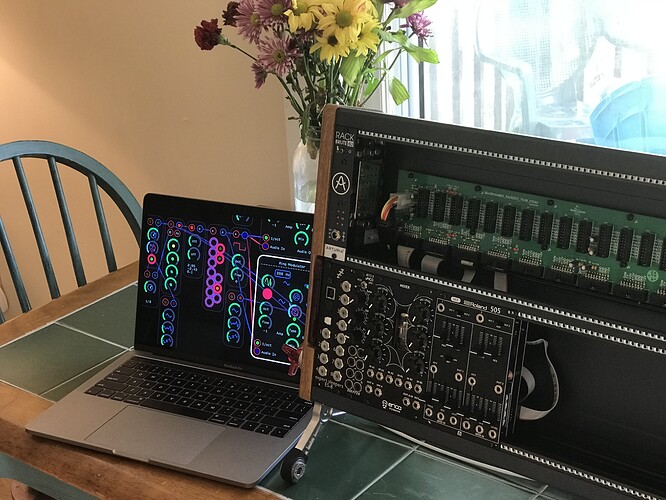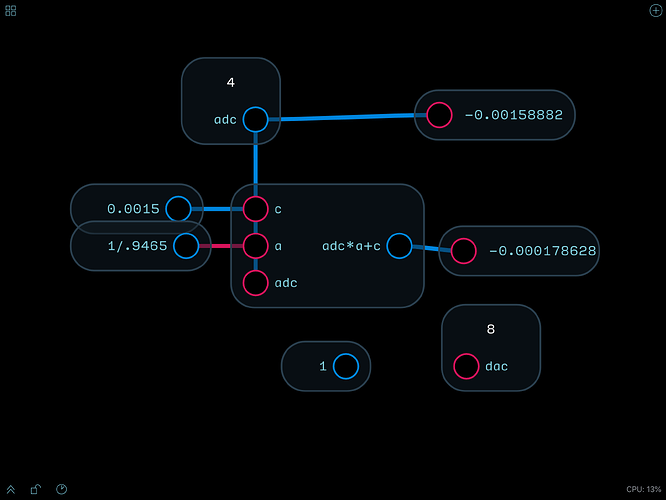Just to continue with my 2 cents. One of the things I liked about the documentary I posted on desert rock, is you get the sense that in that scene it was all about the fact that if you are the only band all night long in the desert, you have to make some room in the middle of your songs for about 15 minutes of exploration with the other band members. Organized disorder.
With the whole youtube music producer tips genre, it is heavily influenced by office culture. You hear of people with creativity plans, and goals to produce one track a week or whatever. The thing is, and everyone is different, I think there should still be something a bit badass about making music, a bit mysterious, underground, heady, difficult and spot on forward focused.
Forget the intro stuff! Give me a sightline on the cutting edge – I’ll handle the fundamentals when they occur naturally. This is the school of thought founded by, among others, John Dewey. When Dewey helped to found the first experimental school of education at the University of Chicago, he was hoping that we all might head off in idiosyncratic directions with the understanding that, for example, we like Bob Dylan because he is weird like us, not because he is the same.
“You all understand drums well and fine. Here are some techniques for being able to sequence drums over an hour and not loose your audience while managing other changes. This is why Audulus is indispensable for me in my performances…”
If you approach it this way, Audulus 4 can start to take on some new shapes since you will be actually facing routing, sequencing, quantizing, compressing, monitoring, tuning, mixing, and all of the other duties.
Again, instead of imagining that you “need to buy some modules to convince people that Audulus is a product they should take a look at,” you go with the midset, “I really want to work on some drum and bass fills, how would I use Dinky’s Taiko and get that nice fast gated effect.” But when you solve it, you don’t stop there. You move on to figuring out how you can get those fills to sit right with the kick and bass drums. To me, it is the difference between the guy who works all year and actually shows up to the craft show with wares, and the guy who follows his wife around with his hands behind his back, smirking from ear to ear, whispering that “he could make that,” every other time she lifts up a nicnac to admire it.




